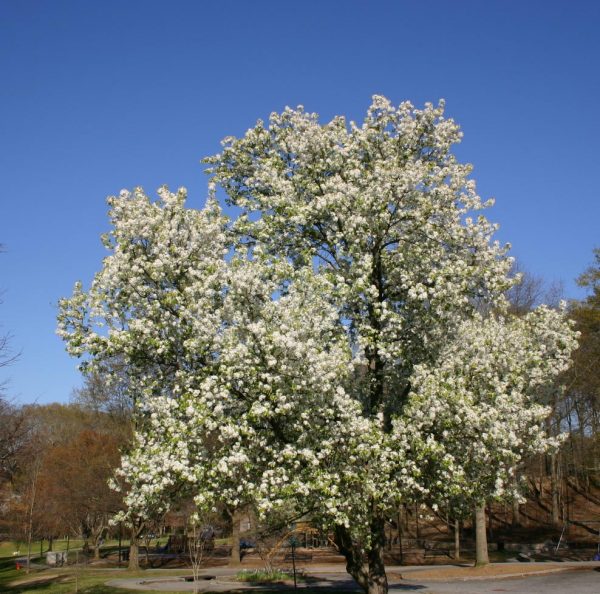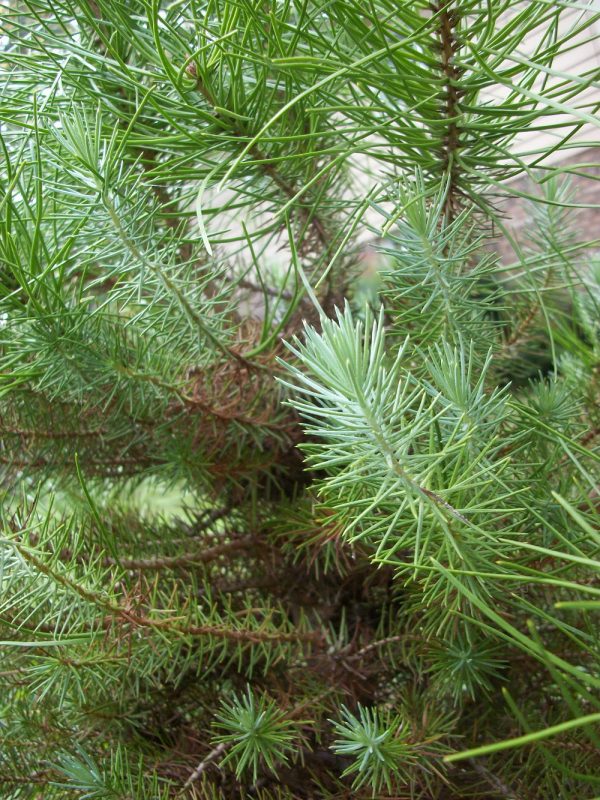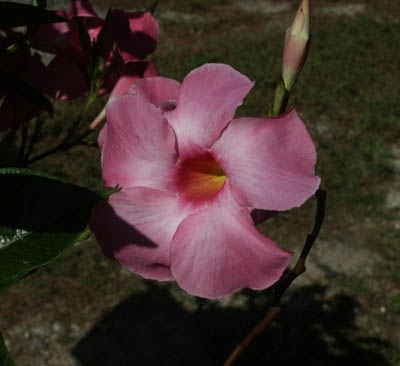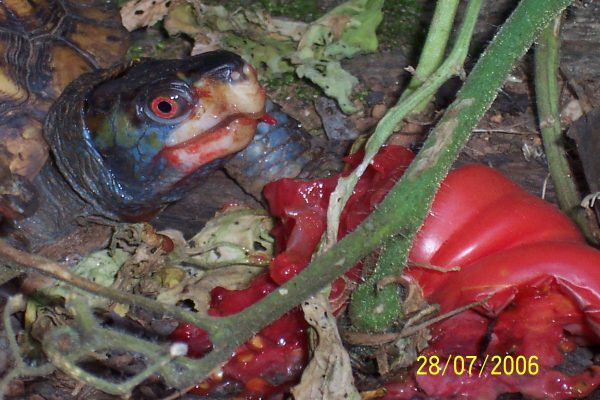Bradford Pear Bans

Q: I get the gardening newsletter that Neil Sperry produces in Texas. Recently he noted that three states (Ohio, Pennsylvania and South Carolina) have enacted bans on the production and sale of Bradford pears. Other states will follow suit, he predicts. When will Georgia act?
A: First, let’s talk about why Bradford pears got the boot in those states. Though they have pretty white flowers, glossy leaves, attractive fall color and fast growth, this last characteristic has become their downfall. When they are young, branches grow close together on top of the trunk. They will inevitably break when they are large. They fall on houses and cars frequently, causing lots of damage. It was once thought that Bradford pear was sterile, but it quickly became apparent that different ornamental pear varieties will quite happily interbreed and produce thousands of small seedy fruit. When the seeds sprout, they become a large, deeply rooted shrub covered with very sharp thorns. If you dig one up, root sprouts will make your life miserable for years. Acres of farmland have been lost to this bad actor. Landscapers and many folks involved in the plant industry have known about Bradford pear’s failings for years. Leaders were able to show legislators that Bradford pear was an invasive thug whose detriments far outweigh their ornamental value. The tree was outlawed because people in the ornamental horticulture industry decided to take action. Georgia will act when legislators are educated about the dangers of Bradford pear














